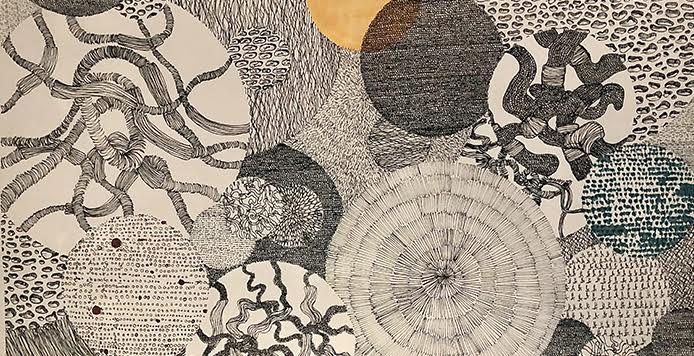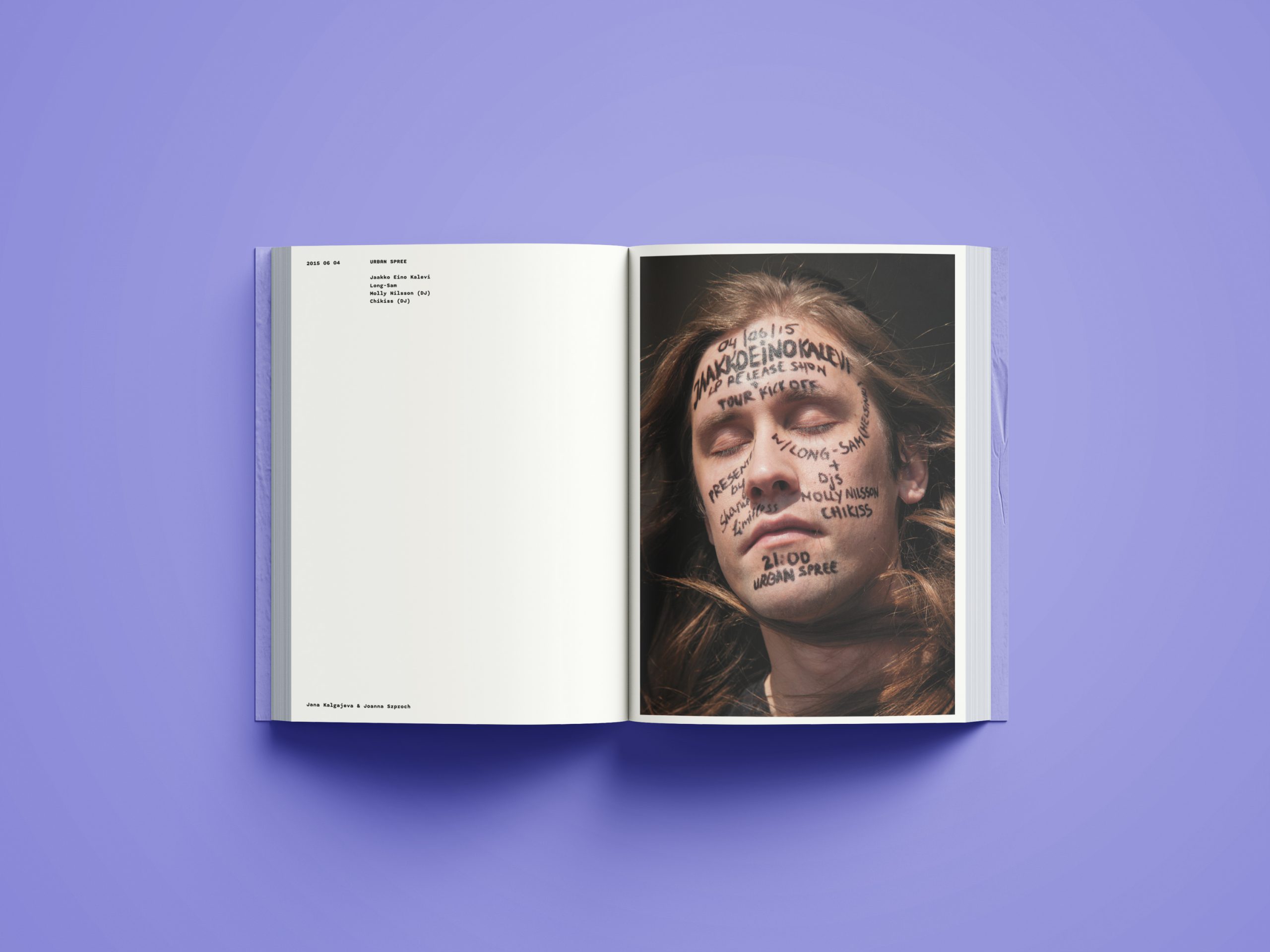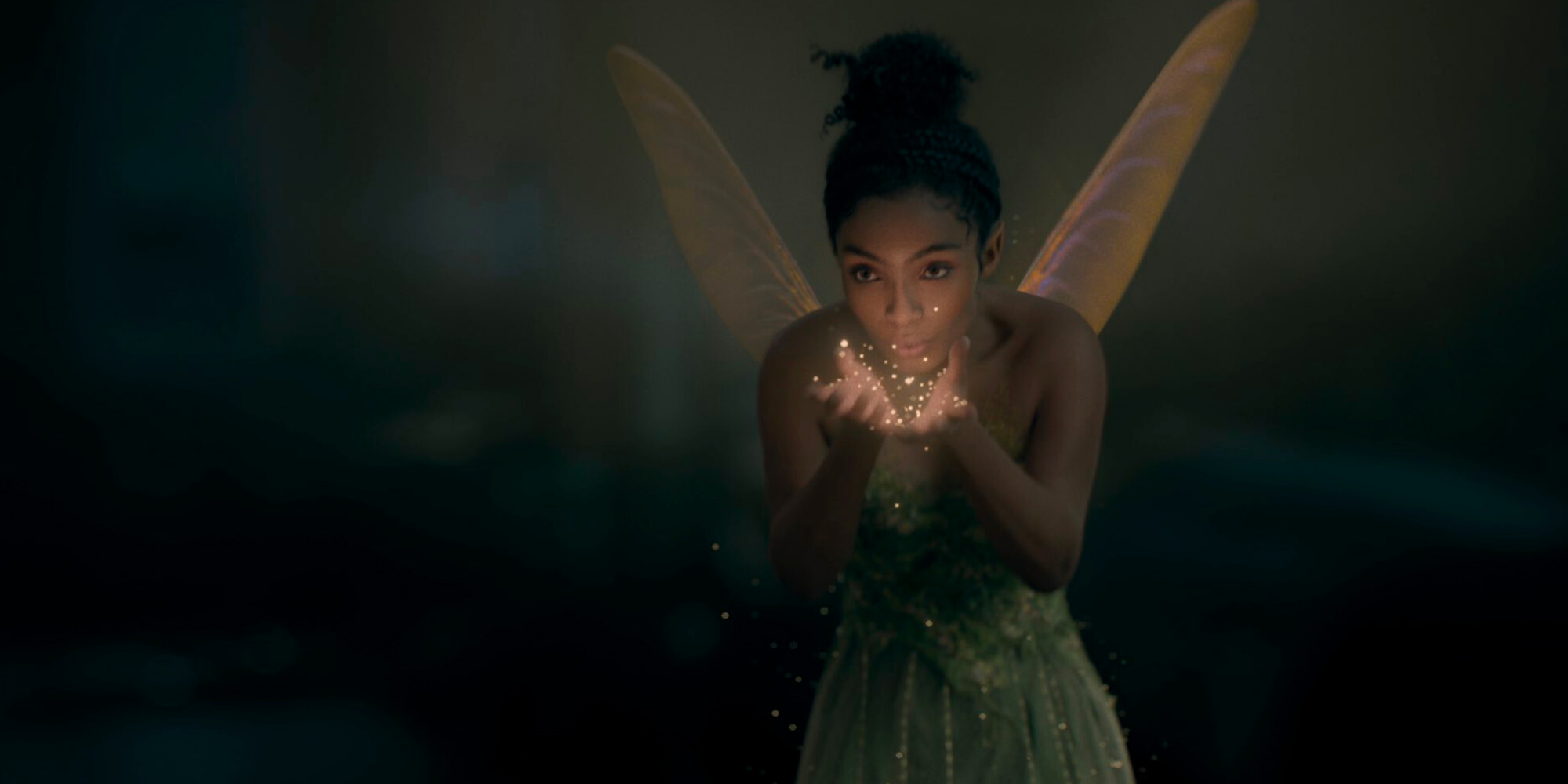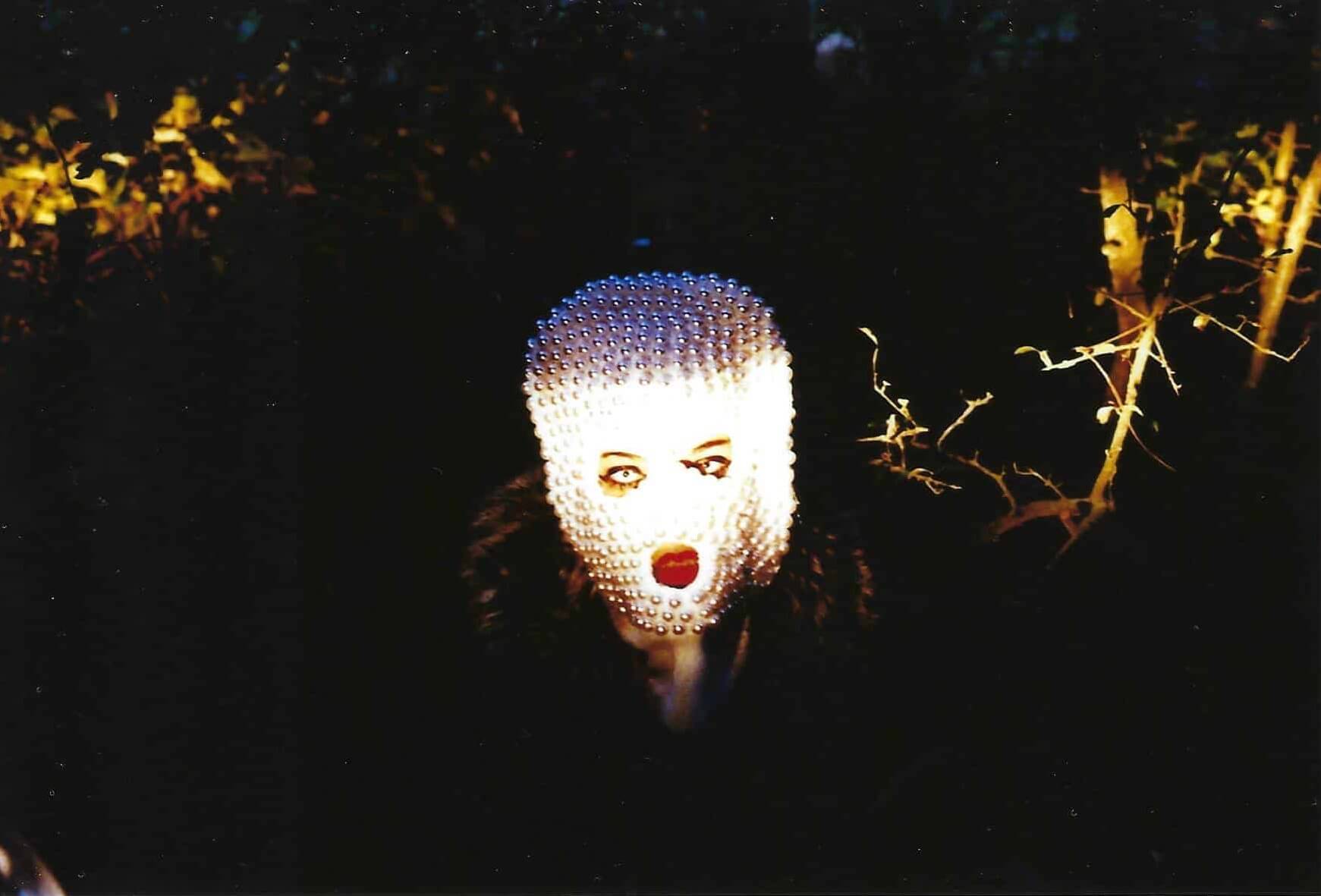To Re-Invent Oneself: Is Plastic Surgery Art?
In 2016, Kylie Jenner, the youngest member of the Kardashian-Jenner dynasty, caused a sensation on the internet with her transformed appearance.
Articles flooded the media, speculating about her supposed secret Juvéderm treatments and hailing it as the trendiest beauty transformation of the year. Despite initially claiming her enhanced lips were all due to her makeup skills, she later admitted to getting fillers. This incident highlighted the blurred line between reality and artificiality in the realm of social media. More recently, Kylie’s sister Khloé faced backlash for her apparent “new face” on Instagram, raising concerns about body dysmorphia and unrealistic beauty ideals. Just like her sister, Khloé vehemently denied undergoing plastic surgery or using Photoshop, which has been a trademark of the Kardashian-Jenner clan. They promote and sell not only the illusion of natural, innate beauty but also serve as aspirational figures setting new trends through their extensive cosmetic procedures.
The Kardashian-Jenner Bodies as Art:
Regardless of our personal opinions towards them, the Kardashian-Jenners are undeniably at the center of ongoing debates and adaptations in the realm of self-portrayal. Could it be that their bodies are a form of art? Art has always been a reflection of humanity, encompassing our understanding of beauty. Moreover, art provokes and polarizes. In the 90s, French artist ORLAN pioneered plastic surgery as an art form by exploring the connection between surgical procedures and self-expression. ORLAN went as far as inserting conventional cheekbone implants into her forehead, stating that she was reinventing herself through figuration and re-figuration. This blending of presentation and representation became a means for her to invent a new version of herself, not out of necessity for surgery but out of creative expression.
The Complex Debate of Plastic Surgery as Art:
Determining whether plastic surgery can truly be considered art is a challenging debate. Unlike traditional art forms such as paintings or sculptures, plastic surgery exists in the real world, intertwined with the lives of people who have undergone body modifications. Dr. Kemal Celikkaya, a plastic and aesthetic surgeon, believes that the limitations of defining plastic surgery as art stem from the fact that art requires freedom and space for emotional expression. As a surgeon, the priority lies in the health and well-being of patients, which restricts the artistic freedom seen in conventional art. Dr. Celikkaya considers himself and his colleagues as artisans rather than artists since they utilize acquired skills, focusing primarily on facial symmetry.
Artistic Freedom vs. Societal Responsibility:
On the other hand, Dr. Aaron Jones, an American plastic surgeon, boldly proclaimed himself an artist in a 2012 article. However, Dr. Celikkaya views such a self-proclamation as arrogant and dangerous, particularly in the context of creating results that defy existing beauty norms. The plastic surgeon responsible for crafting the Kardashian look, Dr. Garth Fisher, falls into this category, drawing criticism from Dr. Celikkaya. He argues that the illusion of artistic freedom in plastic surgery can be harmful, as it not only jeopardizes individual health but also has a responsibility to protect social aesthetic norms and rules. Driven by technological advancements, plastic surgery has facilitated even the most radical body transformations, influencing our perception of a “normal” body through its portrayal on social media. Countless young individuals perceive these artificial bodies as achievable and beautiful, altering their ideals of beauty.
Questioning Identity:
The Impact of Body Modifications: But what about body modifications intended to challenge conventional beauty norms? ORLAN’s art explores the notion of anti-beauty as a form of social commentary. In her piece “The Madness of Seeing,” she deliberately deforms herself in order to recreate herself, delving into meta-meta-meta territory. According to ORLAN, both versions of herself—the pre-surgery and post-surgery—exist as the same person, yet they coexist in our memories. This brings to mind the philosophical puzzle of the ship of Theseus: How many parts of a person can be replaced before they can no longer be considered the same person? There is no definitive answer to this question, but ORLAN’s art raises a fundamental query: To what extent does our physical body define our identity?
The book “ORLAN: A Hybrid Body of Artworks” explores the connection between body modifications and self-determination. In her artwork “ORLAN Gives Birth to Herself,” she embraces newfound freedom through technology. She writes, “To place oneself outside of oneself [in order] to become oneself.” In this context, plastic surgery can be seen as the purest form of self-expression. Since the advent of plastic surgery, our values, personalities, status, and ideals have been reflected in our physical bodies. We become both artist and artwork, continuously reinventing ourselves. ORLAN explains, “I have made myself both an object and a subject: I have searched for a certain flexibility in identity in order to reinvent myself.”
While the Kardashian-Jenners may not explicitly make such statements, they undeniably represent a new era of bodies. Whether we appreciate it or not, their extraordinary and unique abnormalities appeal to us. In the eyes of plastic surgeon Dr. Kemal Celikkaya, their avant-garde nature exceeds what we typically recognize as artists. Their unconventional transformations challenge societal norms and redefine beauty standards.
That being said the Kardashian-Jenner clan sparks ongoing discussions about the boundaries between reality and artifice. They blur the lines between natural and artificial beauty, leaving us questioning what truly defines art and where plastic surgery fits into that definition. While some plastic surgeons view themselves as artisans constrained by the responsibility to protect societal norms, others boldly claim the title of artist, pushing the boundaries of existing beauty ideals. The Kardashian-Jenners, regardless of our personal opinions, serve as catalysts for the exploration of the intersection between art, identity, and the ever-evolving concept of beauty in our modern world.


























